People of the Mud: A fresh look at Wexford’s ancient traditions
In his new book, photographer Luis Alberto Rodriguez travels to County Wexford to capture the pride and gritty physicality of the local culture
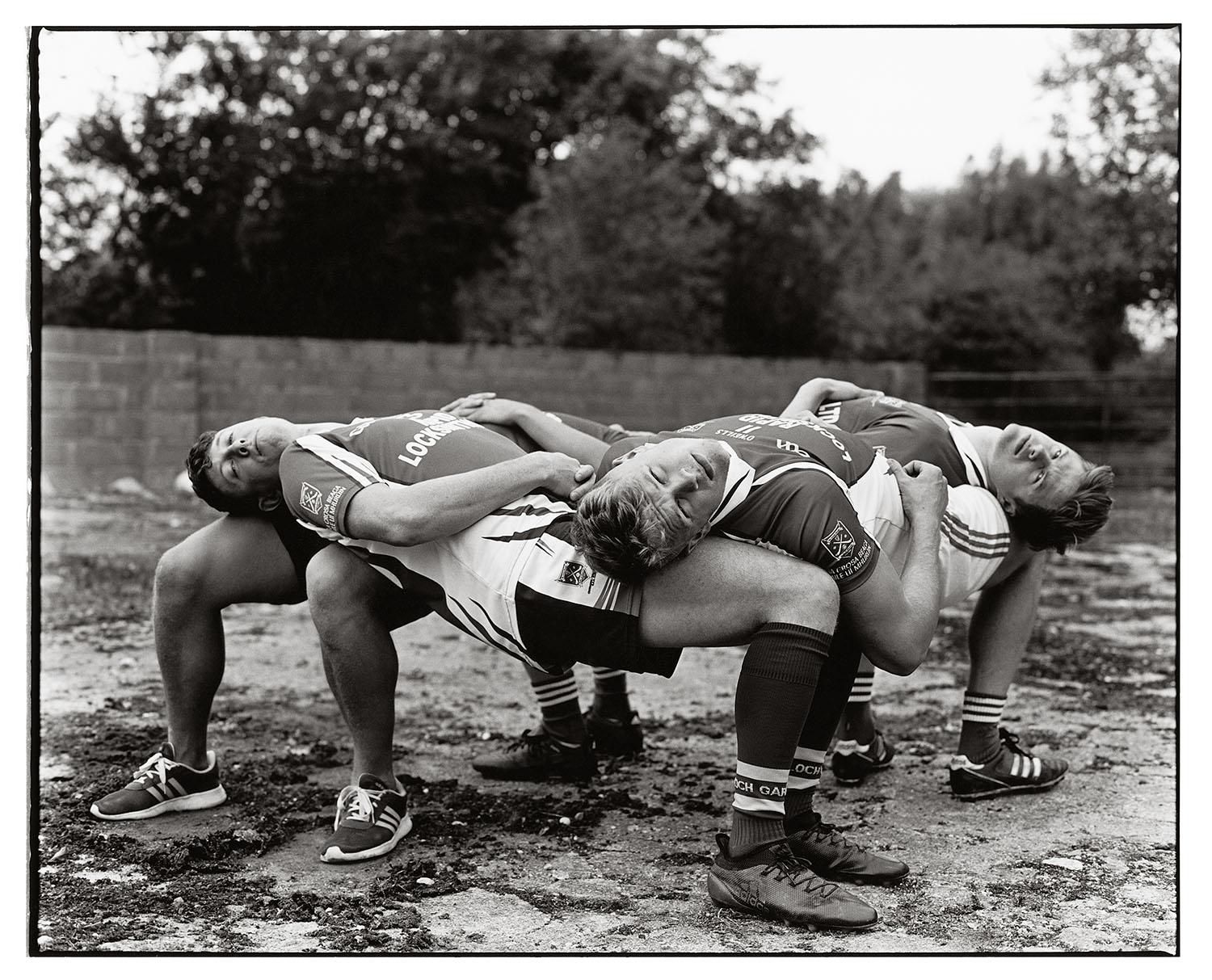
At first glance, it is hard to place People of the Mud in time. Photographer Luis Alberto Rodriguez captures primordial shapes in stark black and white; bodies twisted strangely, augmented with elaborate costumes, and staring, work-worn faces. But People of the Mud isn’t some relic of an obscure and long-lost community. It documents current-day Wexford, the rural seaside county in southeastern Ireland.
Now a book released by Loose Joints, People of the Mud is the product of a two-month artist residency in Wexford. Rodriguez, a Dominican-American living in Berlin, was utterly unfamiliar with Ireland when he arrived. Despite his planning and research, he was wrong-footed almost immediately – the only available local darkroom was only set up for black-and-white photos, leading him to hastily learn how to develop monochrome prints. “It was really scary because I didn’t have any digital backups,” he told The Independent. “My time was very limited so I couldn’t f*** this up.”
Rodriguez, who danced professionally for 14 years before turning to photography, is deeply interested in physicality and relationships in his practice. “My work is very sculptural. My interest is in the body,” he says. “That comes from my dance background; I’m always trying to see how I can tweak it and twerk it so that [the picture] comes alive.”
As a tribute to the big, close-knit families in Wexford, he had planned a series of large-scale family portraits: “Almost like a wrestling match; they would be so close it would almost be suffocating,” he says. “It’s not necessarily a negative thing – it’s a closeness that’s very intimate.” However, he soon realised the Wexfordian families were less touchy-feely than their American counterparts, and the idea had to be adapted.
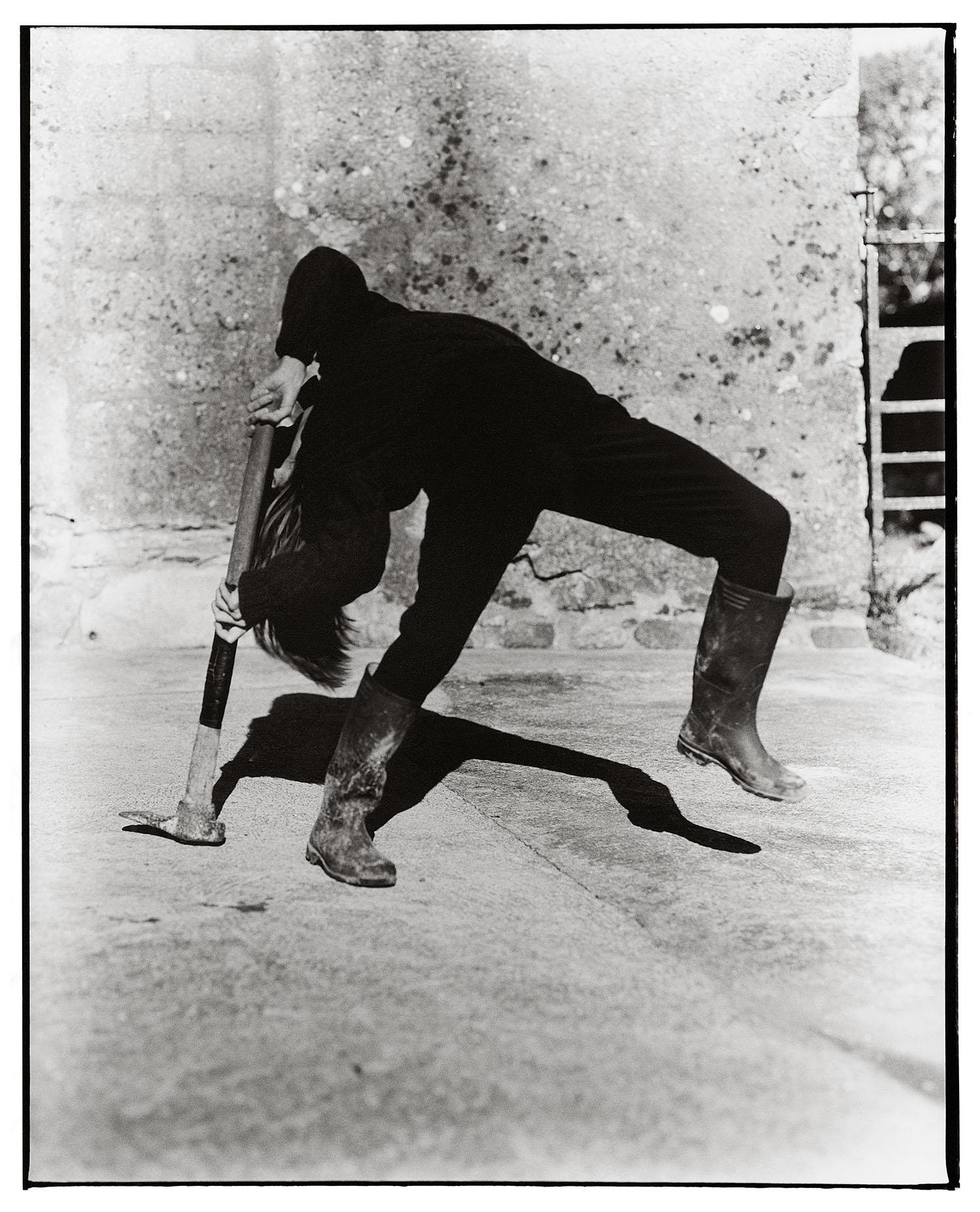
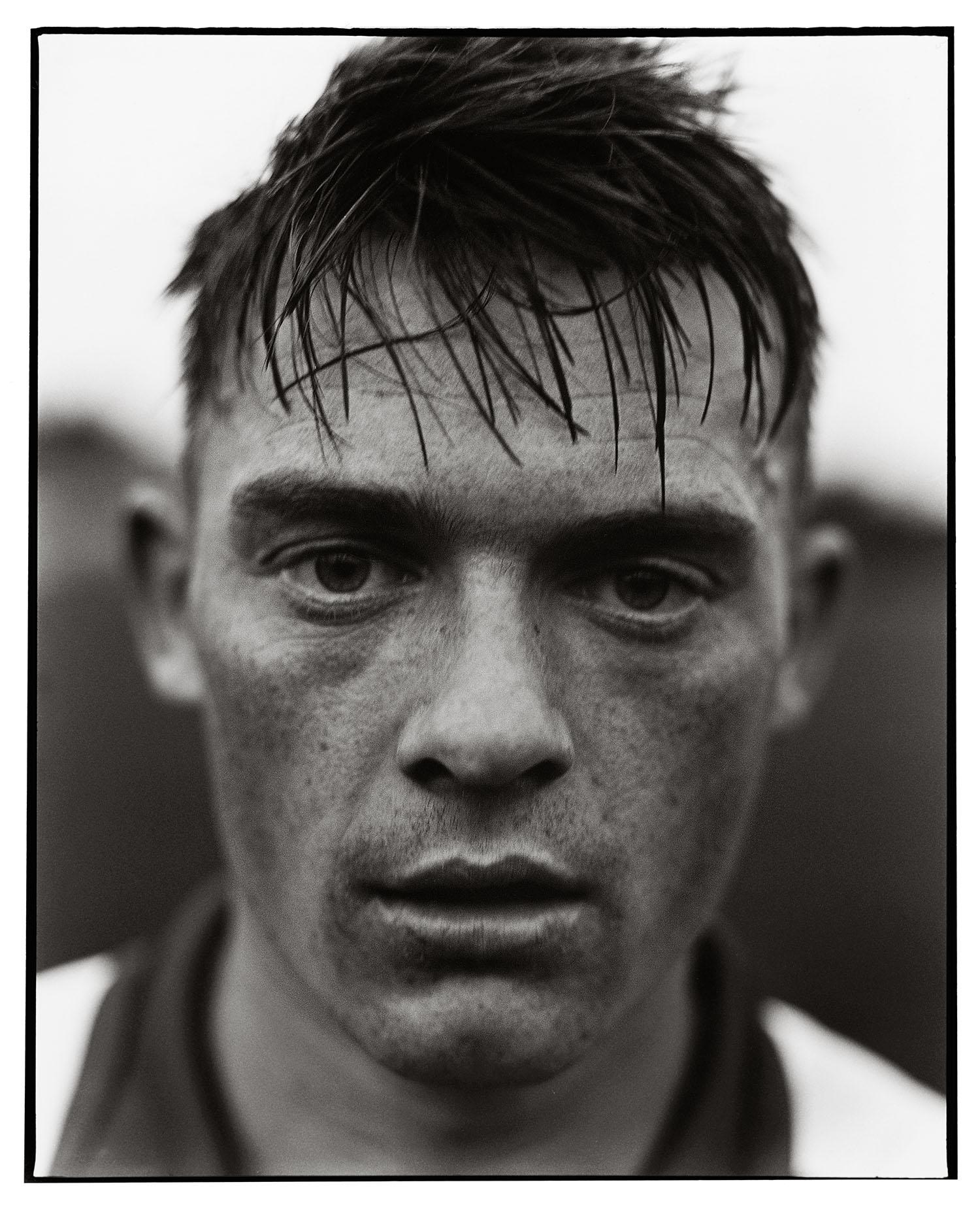
He decided instead to turn his lens on the area where people were most happy with physical contact: the rough-and-tumble sport of hurling, one of Ireland’s native Gaelic games, believed to have predated Christianity. “It was super intimidating because I’m coming to their ground, which I know nothing about,” Rodriguez says. “It’s full of testosterone and I was like, ’OK, this is intense.’ But they were extremely open.”
“I wanted to focus not necessarily on the game itself but the relationship between the players. I learned that they play for their local parish, so they had been on the same team since they were kids, and they’ve all grown up together. I was interested in showing the intimacy between them, which I’m not even sure they’re so aware of.”
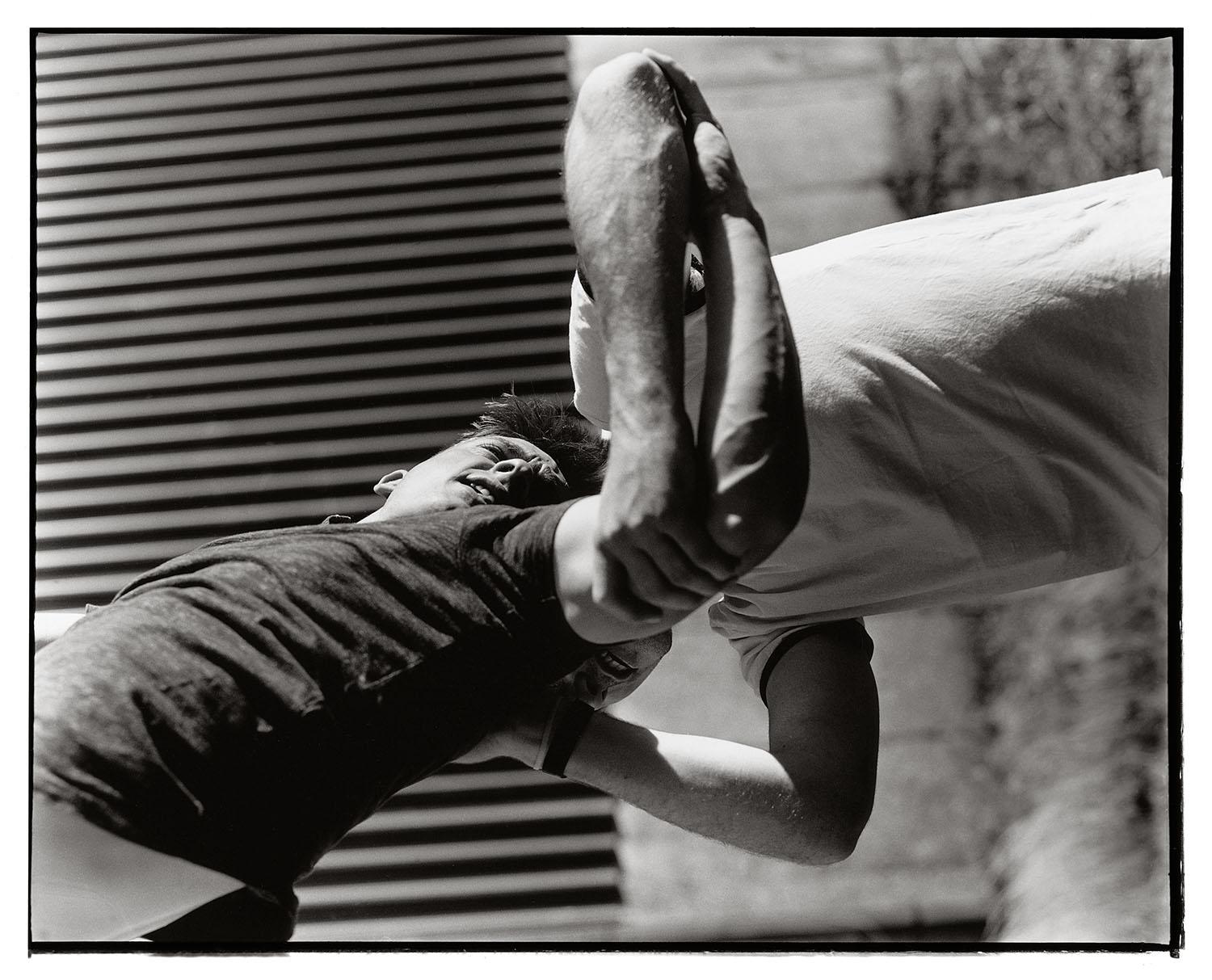
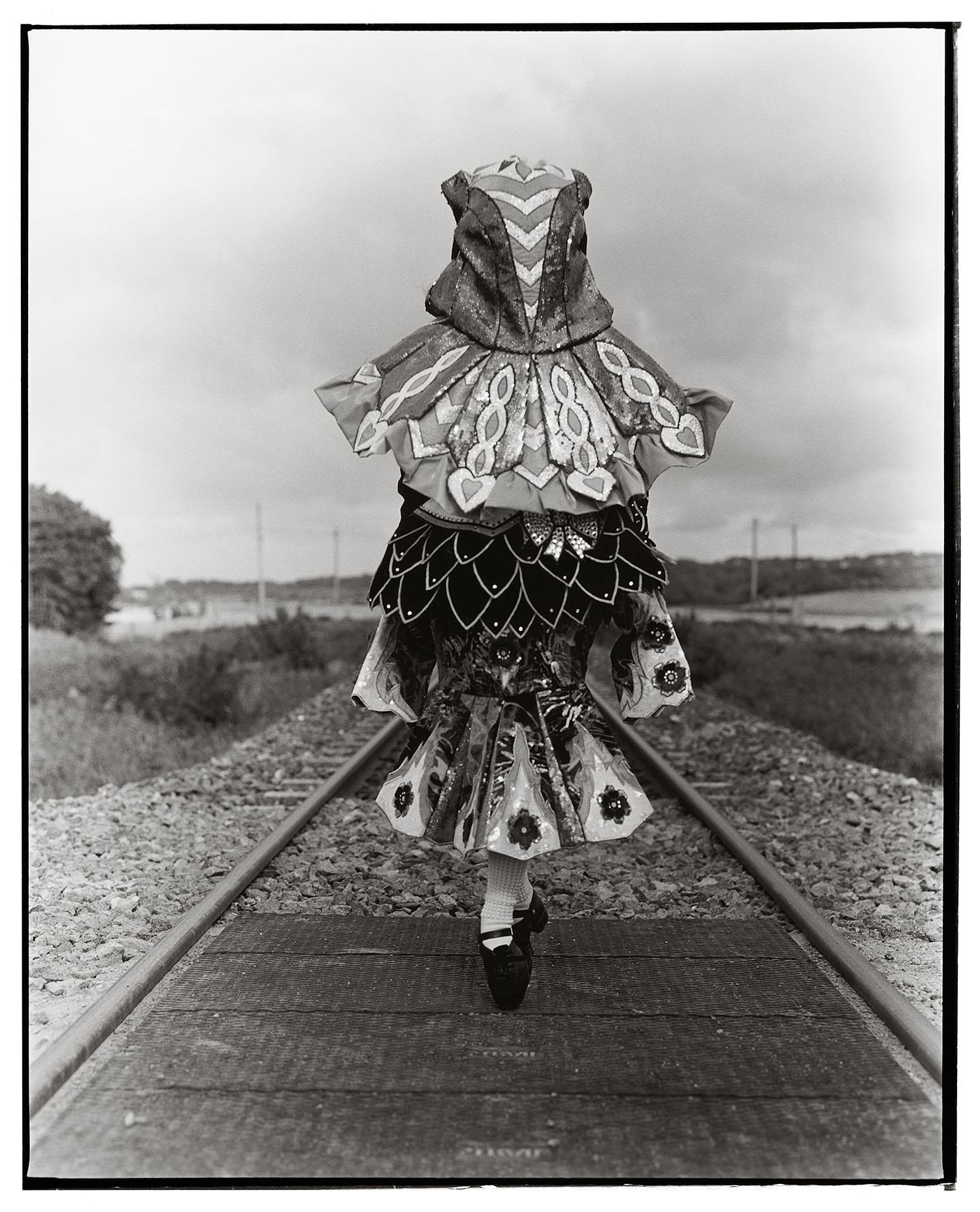
He began coming to games and watching their drills, seeing how the movements echoed his own experience as a dancer. Watching videos of the matches slowed down, he was able to pick out certain movements, rituals and intimacy amid the “pushing and shoving and lifting and scratching and smacking”. He took these moments and began directing the players to recreate them with some stylised, choreographed tweaks. “It’s about the game, but at the same time I wanted it to transcend the game,” he says. “I was using the game as a resource.”
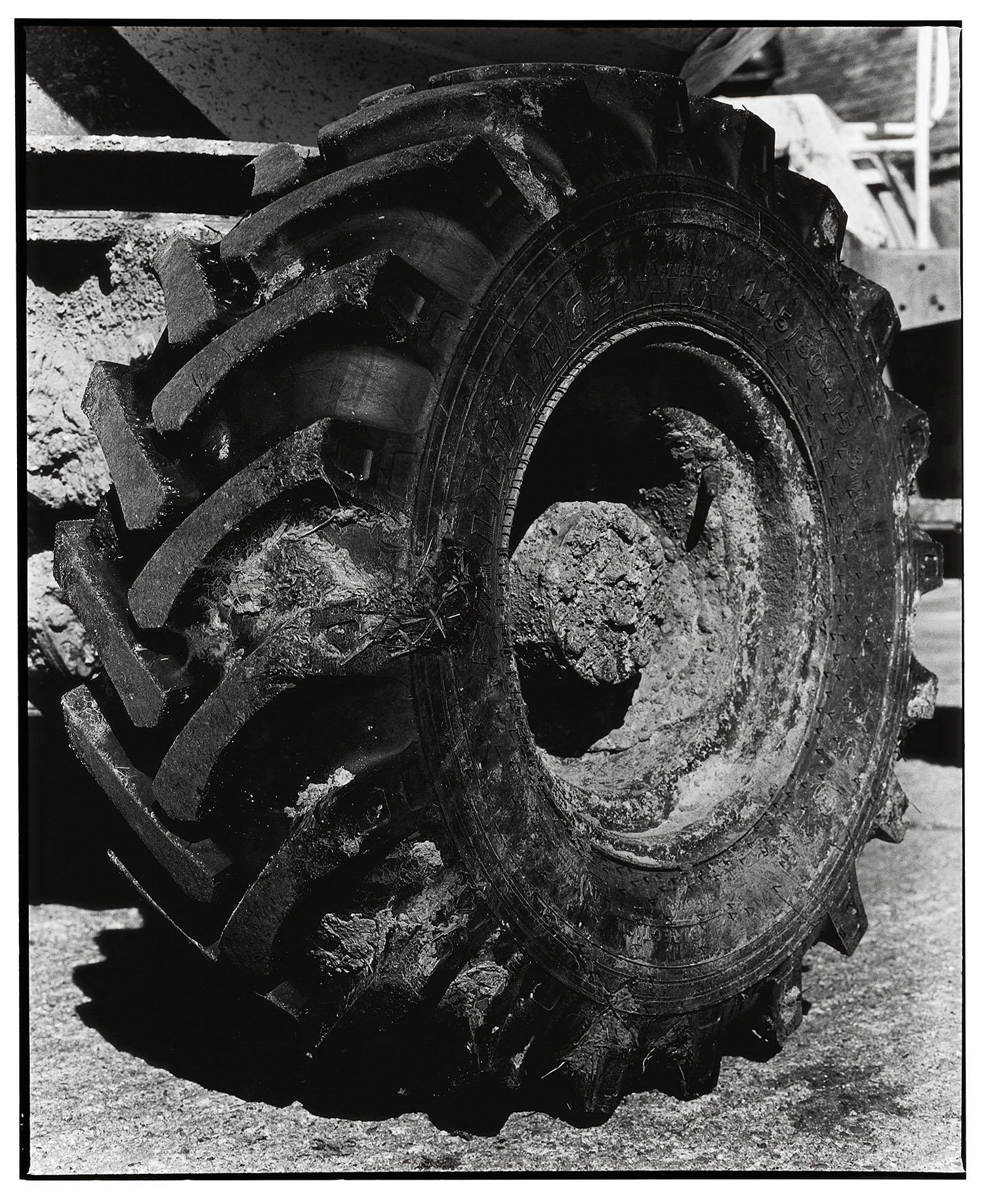
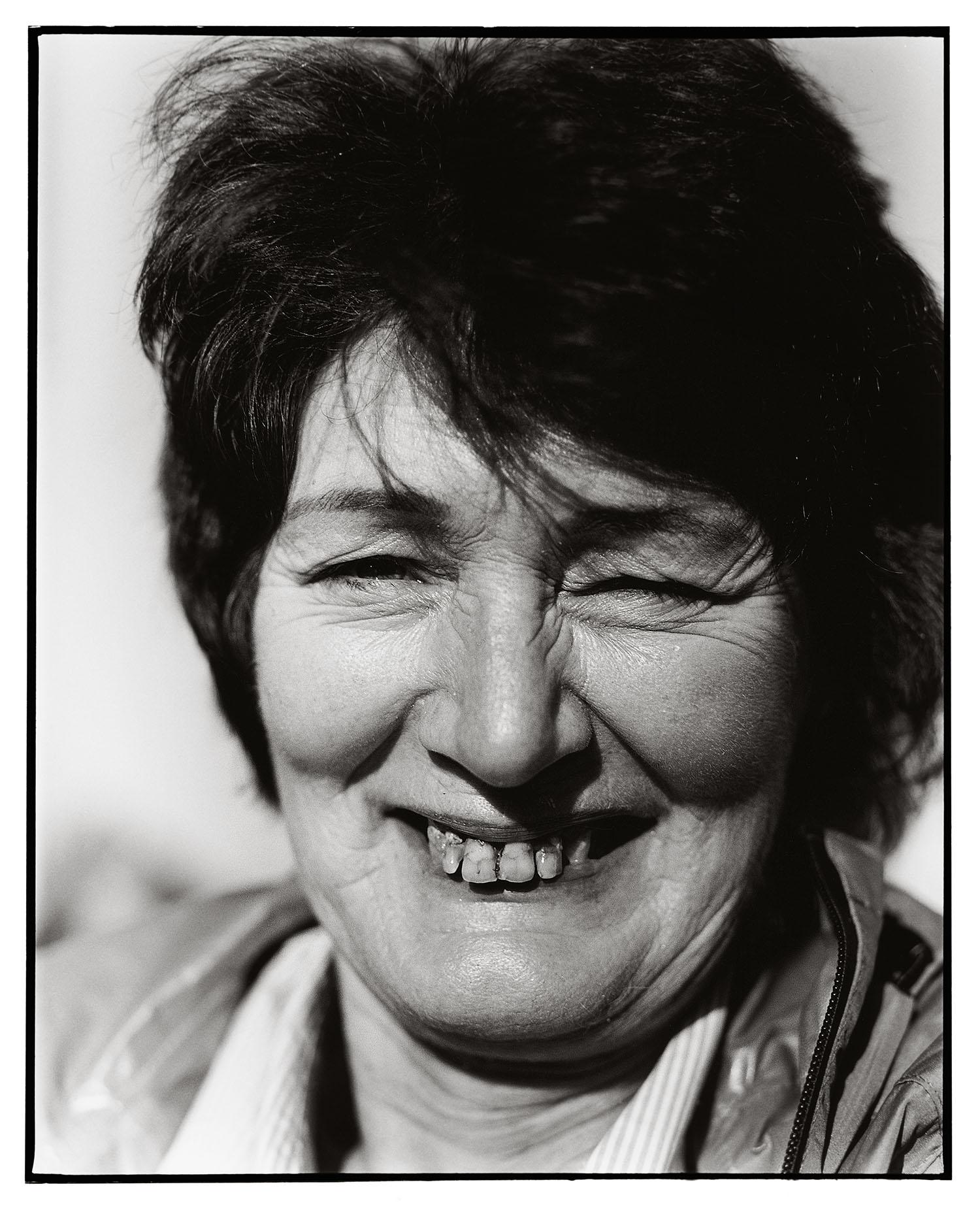
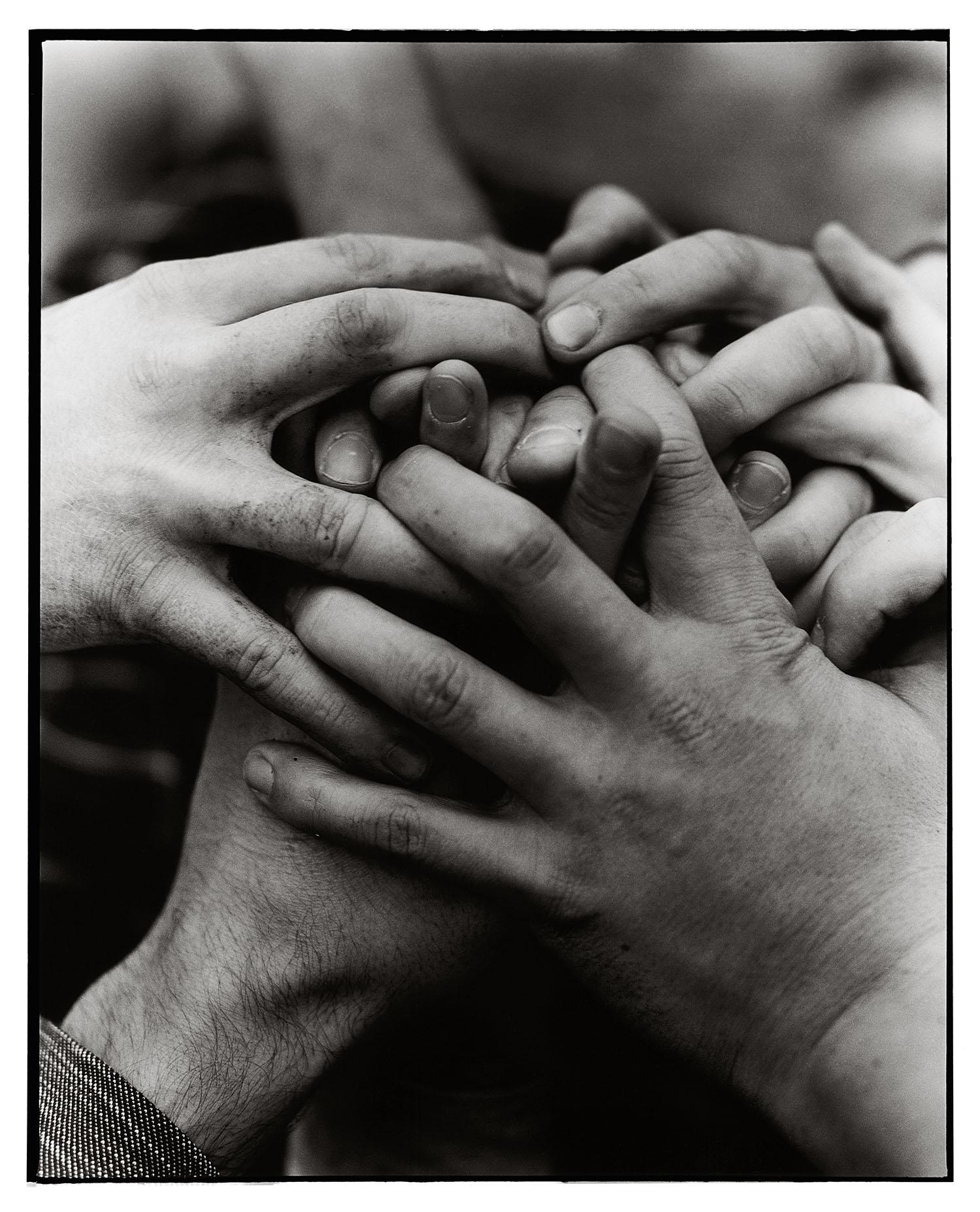
In one photo, three hurlers are stacked on top of each other, their heads in their hands, a motion which came from watching players fall to the ground in despair as they missed a goal. It is typical of his interest in augmenting and combining bodies to create new entities and meanings: “I wanted to show multiple failures, so I did that by stacking them up on top of each other,” he says. He took a similar approach with the traditional Irish dancers he also photographed, posing them away from the stage, in fields and on railway tracks, to give a recontextualised view of the raw elements of Wexford culture.
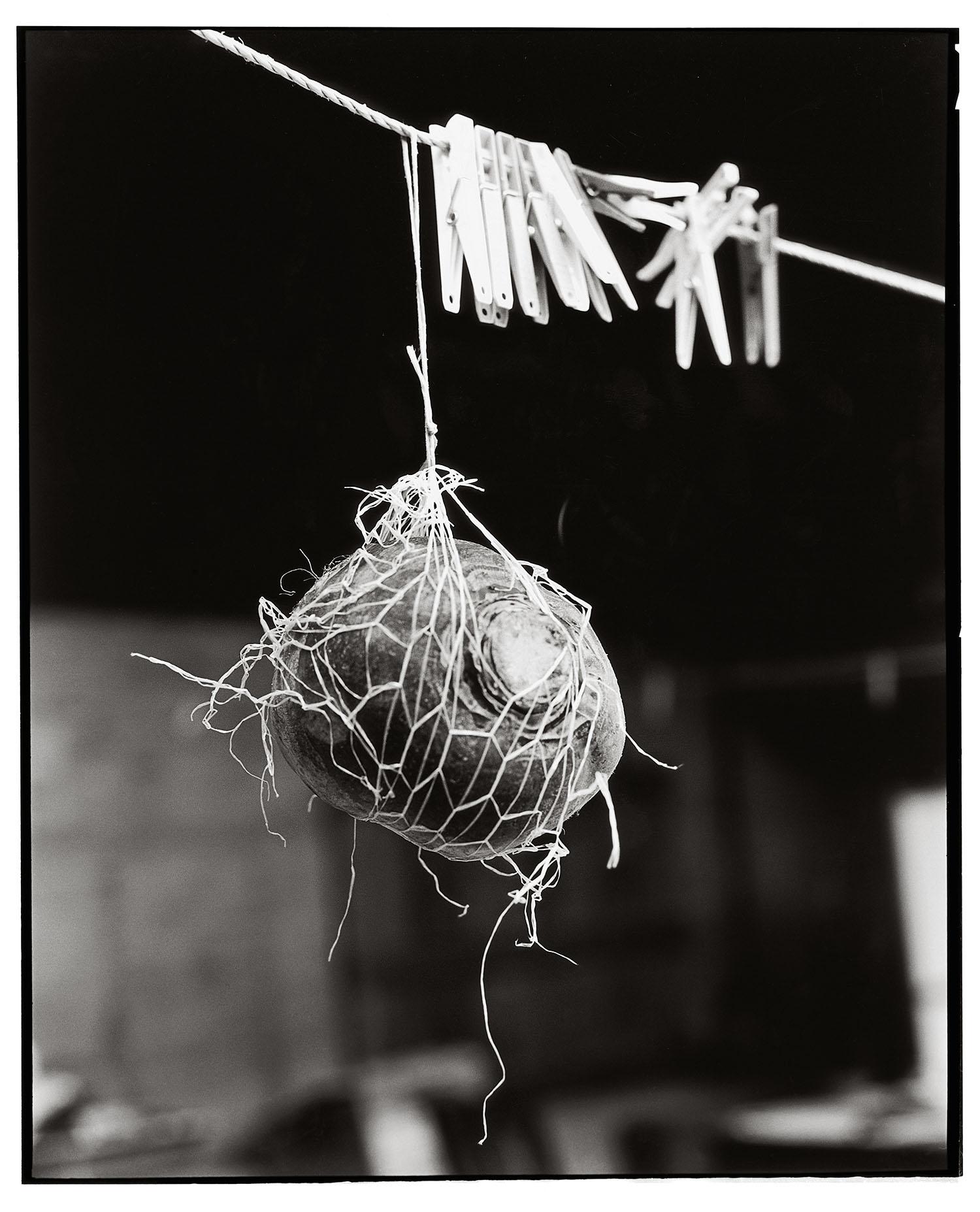
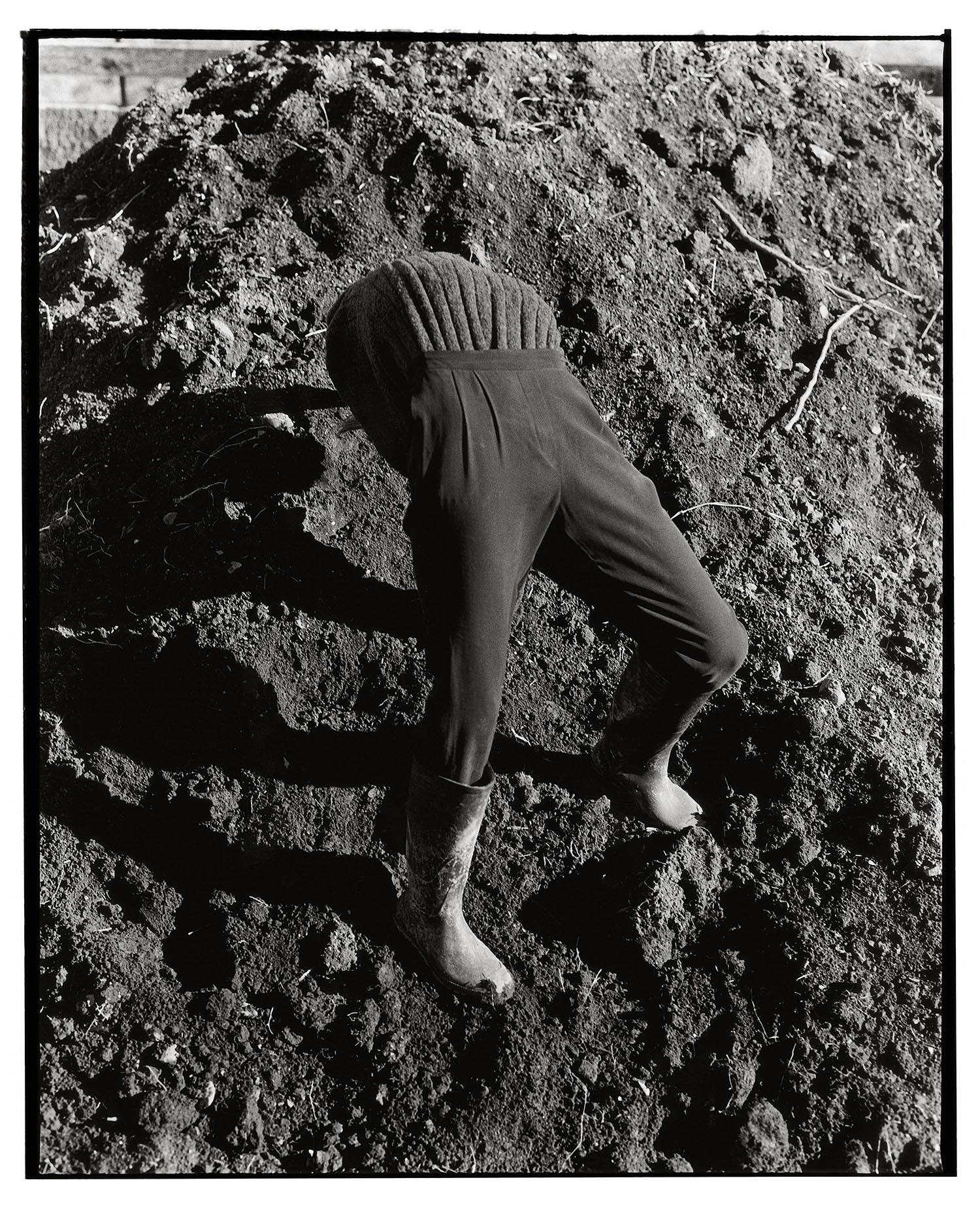
He realised the last-minute switch to black-and-white film was perfect for the rough, muddy textures and intermeshed, geometric figures: “I wanted it to feel like you could have found this book in the 1940s, but that the bodies were contemporary. I wanted it to feel lost in time.”
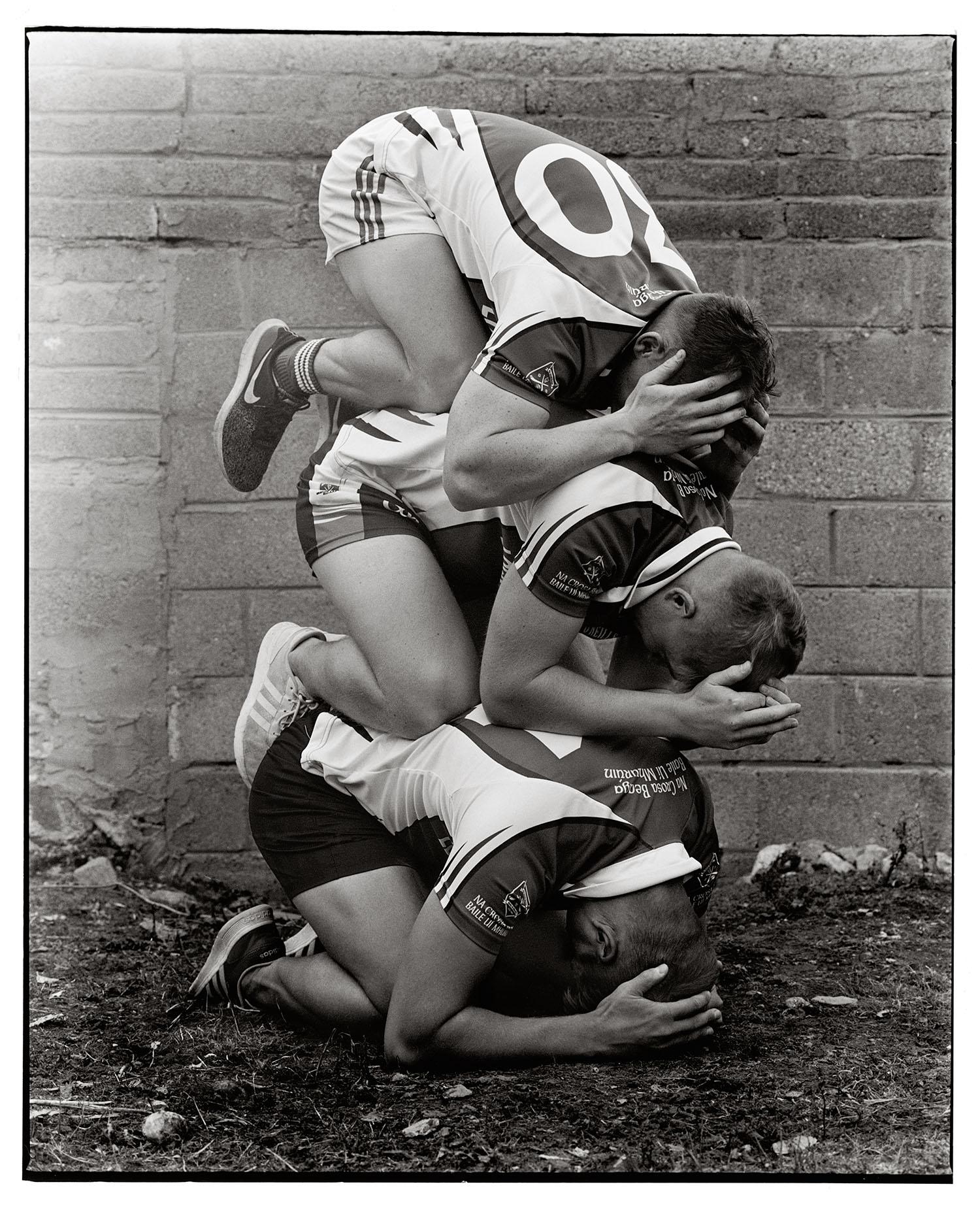
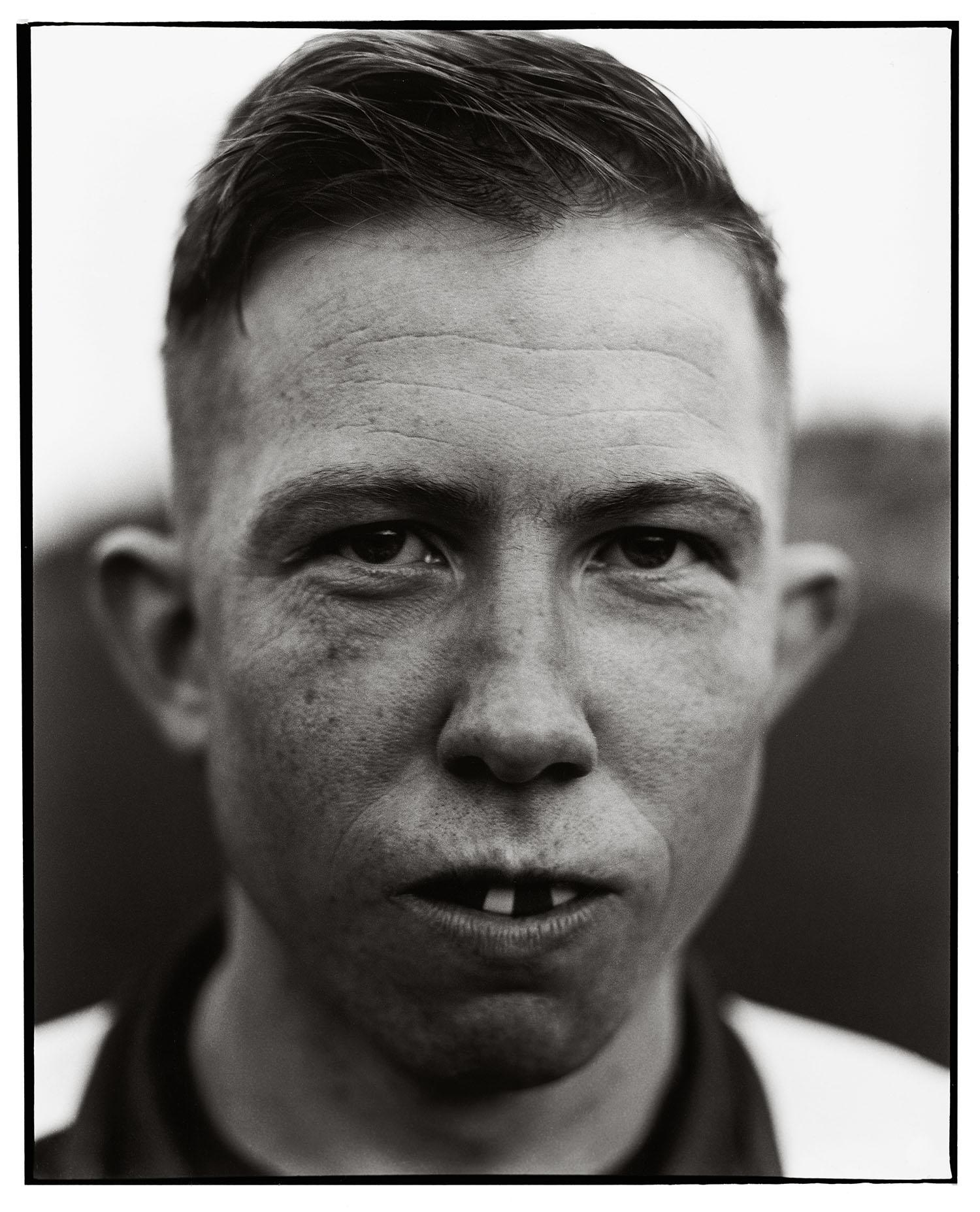
Wexford town was founded by Vikings and was originally called Veisafjoror, or “inlet of the mud flats”. The ancient county, inhabited since Neolithic times, has a unique cultural history and even spoke its own dialect of Old English up to the 19th century. Rodriguez wanted to show the depth of this culture fashioned from ancient soil: “Mud is always taking shape depending on who is leaving an imprint on it. I really wanted to make something that felt very labour intensive, very earth up. So the title comes from the people of the mud – the people I came across in Wexford. I wanted to show their dignity and pride.”
‘People of the Mud’ by Luis Alberto Rodriguez is out now from Loose Joints
Join our commenting forum
Join thought-provoking conversations, follow other Independent readers and see their replies
Comments